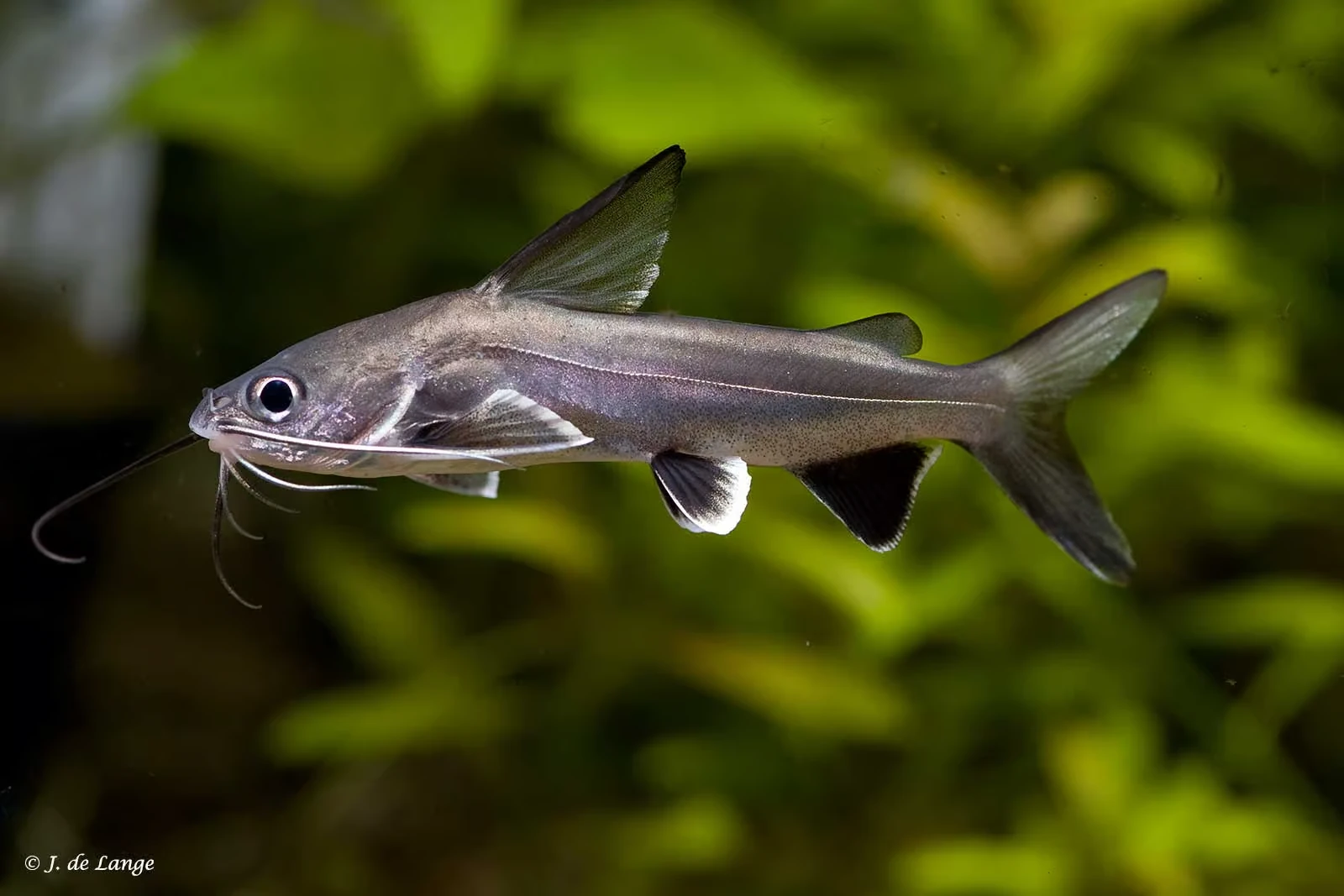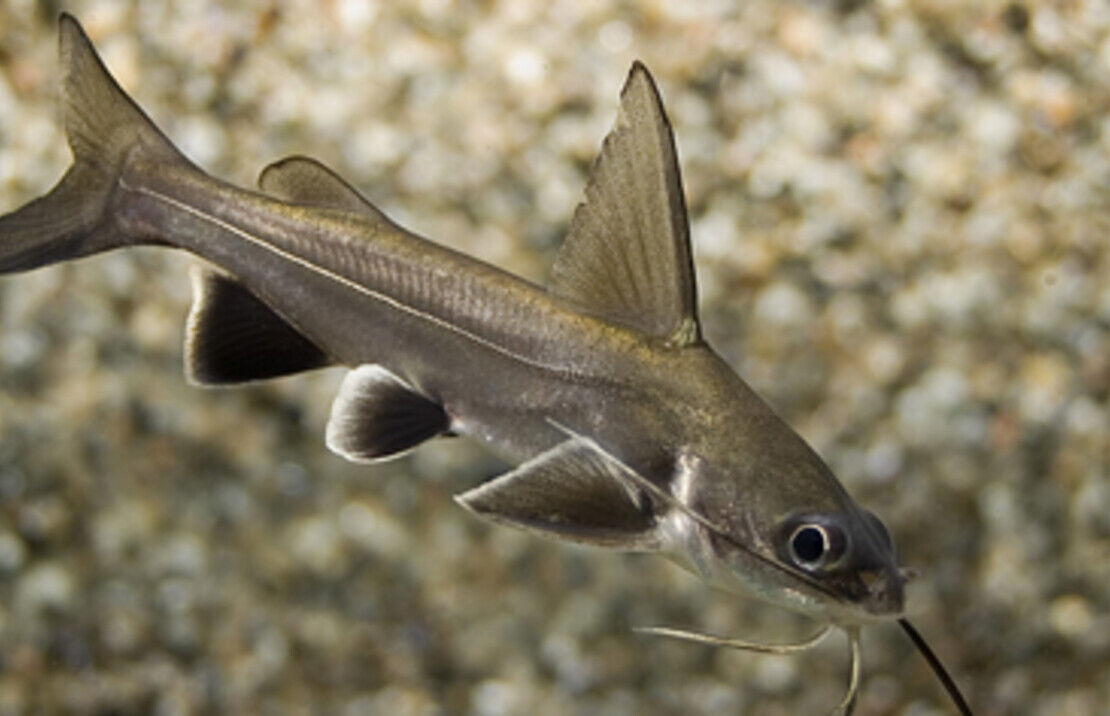Columbian Shark
Resembling a pocket-sized marine shark, the enticing figure of the Columbian Shark, Ariopsis seemanni, or Tete Sea catfish, is often mislabeled. Unfortunately, misleading information about these attractive fish is prevalent, provided by novice enthusiasts and untrustworthy suppliers. To ensure your Columbian Shark reaches its maximum potential, thoroughly digest this article before bringing one home.
- Experience Level: Beginner
- Hardiness: Hardy
- Minimum Tank Size: 125 gal (475 L)
- Maximum Size: 15 inches (35cm)
- Temperament: Peaceful unless breeding or holding territory
- Temperature: 75 – 80° F (24 – 26.5° C)
- pH Range: 6.8 – 8
- Water Hardness: 10 – 30 dGH
- Diet: Carnivore
Table of Contents
Introduction
Size and Appearance
Care Guide
Tank Mates
Diet and Feeding
Breeding
The natural habitats of these intriguing catfish include Mexico, Guatemala, El Salvador, Nicaragua, Costa Rica, Panama, Colombia, Ecuador, and Peru.
Juvenile Columbian Sharks spend their initial weeks or months in rivers and tributaries before transitioning to estuaries in adulthood and finally migrating to the Pacific coastline.
Size and Appearance
To the untrained eye, Columbian Shark plays the part of a shark with its tall, triangular dorsal fin and impressive anal and pectoral fins. However, a closer examination will reveal the unmistakable attributes of a catfish: an underslung mouth dressed with maxillary and chin barbels.
Pet stores sell them as juveniles, measuring between 2 and 4 inches. These fish rapidly grow and reach over one foot in length by their first year. Adult Columbian Sharks in captivity usually measure 10 to 15 inches.
As juveniles, Columbian Sharks display a dominant grey shade with a silver glow. In adulthood, they lose this glow and their color dulls, but with black-lined dorsal and tail fins, they continue to look spectacular. The echoing sounds or clicks these fish make by rubbing their pectoral fins against their sockets aren’t fully understood, but it may serve a navigational purpose similar to a dolphin’s echolocation or to alert the school of an impending threat.
Columbian Sharks possess a venomous dorsal spine that can cause inflammation and redness similar to a bee sting, so it’s crucial to take precautions if you need to put your hands inside the tank.
While a school of Columbian Sharks makes a stunning display in your tank, they aren’t easy pets to maintain. As they grow, their needs change, and they become more demanding, especially the large water volume and tank size requirements.
Care Guide
- Minimum Tank Size: 125 gal (475 L)
- pH Range: 6.8 – 8
- Water Hardness: 10 – 30 dGH
- Temperature: 75 – 80° F (24 – 26.5° C)
- Lighting: Low to Moderate, diffused lighting
- Substrate: Fine sand/gravel
- Brackish: Yes, and as it matures, to full salt water setup
- Water Flow: Weak/Low
- Tank Region: All areas
Contrary to what many new owners believe, Columbian Sharks are not freshwater fish. While juveniles thrive in freshwater, as they grow to about 9 inches, they need to be transitioned to brackish water, and then to full saltwater eight months later.
Perform weekly water tests to guarantee the water parameters remain stable. Routine partial water changes every two weeks will keep the nitrate concentration in check and the water clean. Use a powerhead for strong currents, high oxygenation, and to mimic their natural environment in rivers. Quarantine new fish and sterilize decor and substrate before adding them to the tank. Avoid copper-based and potassium permanganate medications as these fish don’t have scales.
Setting up a tank for your Columbian Sharks is a challenge. One Columbian Shark requires a minimum 125-gallon tank. For a school of three, no less than a 300-gallon tank is necessary. These fish grow quickly, and their boisterous behavior calls for a lot of swimming space. While hiding places are not mandatory, these fish appreciate aquatic plants for cover. Floating plants are recommended to maximize their swimming area, and smooth, soft substances work well as substrate. Lighting does not particularly matter to Columbian Sharks, but the floating aquatic plants will provide some shade.
Tank Mates
Columbian Sharks should be homed with similar-sized fish that tolerate the company of other species. Over time, as their water requirements change, it could become challenging to keep them with the same tankmates. Although they are of a peaceful nature, these shark catfish can perceive smaller species as food and can also be bullied by species like puffers, damselfish, and triggerfish. They thrive in large groups and exhibit more energy when there are more of their kind around.
Feeding Guide
- Diet: Carnivorous
- Frequency: Several small feedings per day
- Pellet Foods: No
- Flake Foods: No
- Live Foods: Yes
- Meat Foods: Yes
- Vegetable Foods: No
Being carnivorous, Columbian Sharks require a diet high in protein. They may accept commercial fish feed, but they thrive on live or freeze-dried meats. Offer them a large meal once a day or small meals throughout the day. Realize that although they spend much of their time at the bottom of the tank scavenging for food, they can become aggressive at feeding times and will rise to the middle and upper tiers of the tank if necessary.
Breeding
Columbian Sharks found in pet stores or sold by specialized dealers are all wild-caught since breeding them in captivity is rather challenging. In their natural habitat, these fish cover large distances to spawn, with males performing mouthbrooding. Reproducing these conditions is nearly impossible, making breeding a challenge. Don’t waste your time trying!



